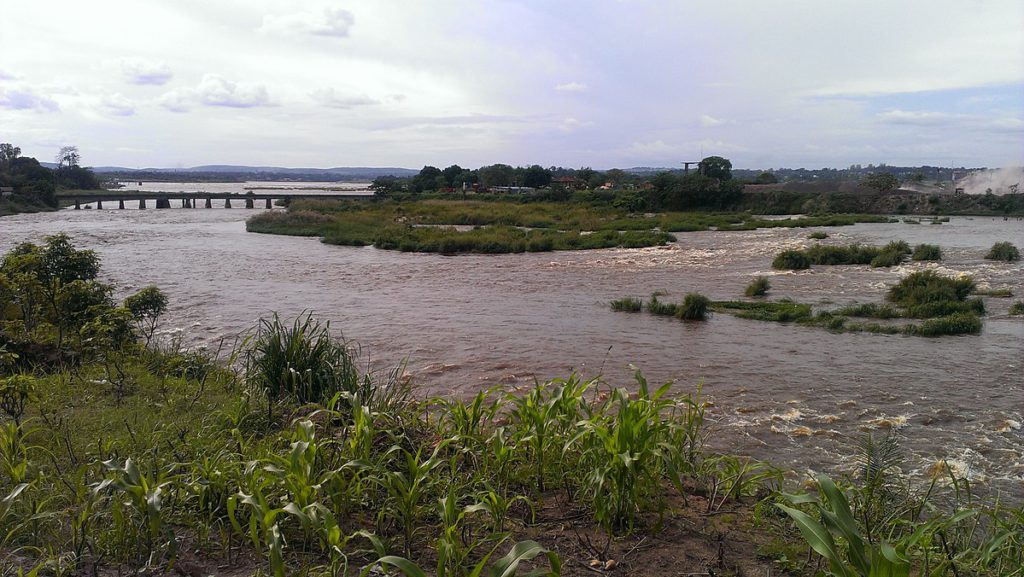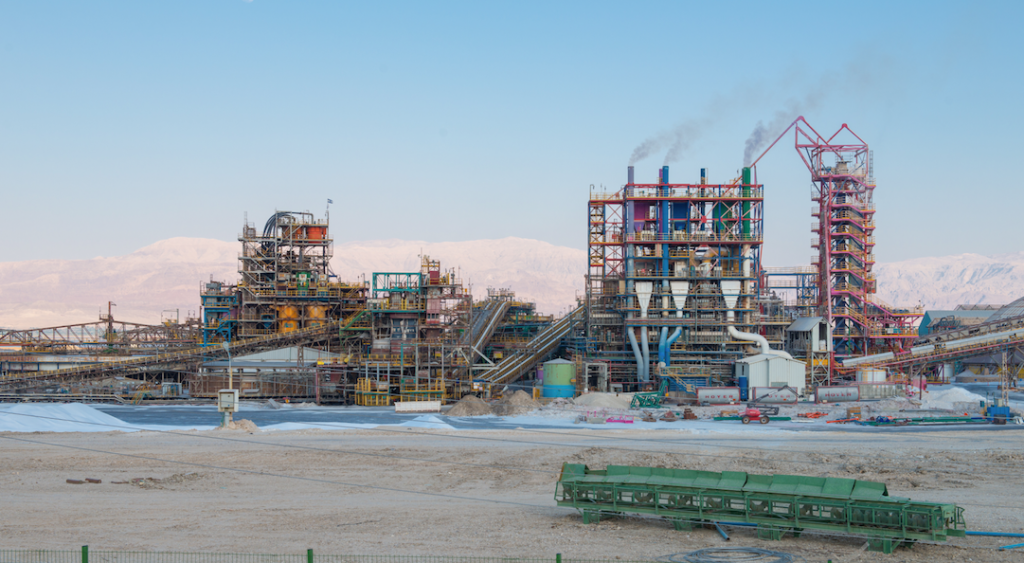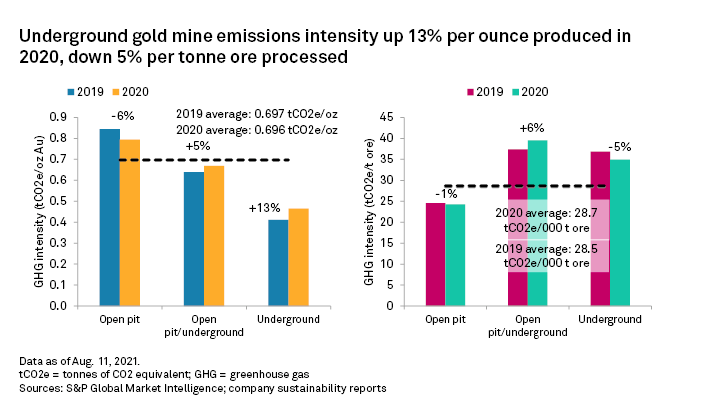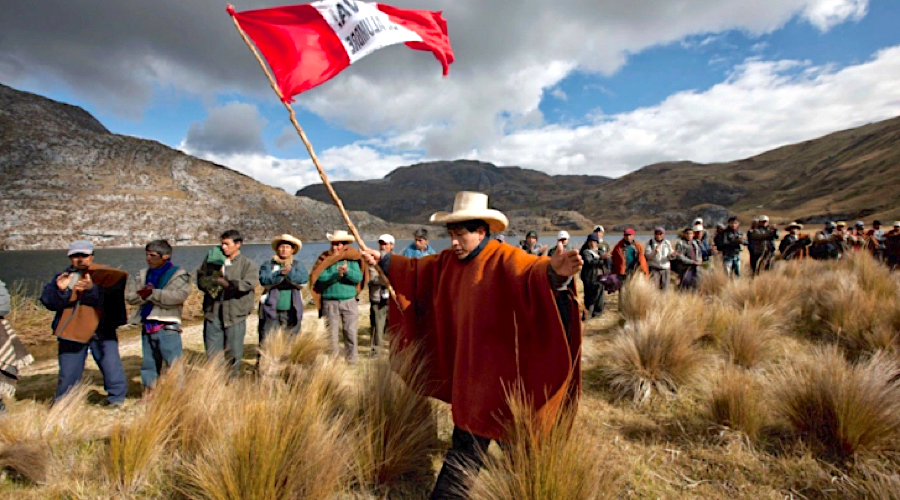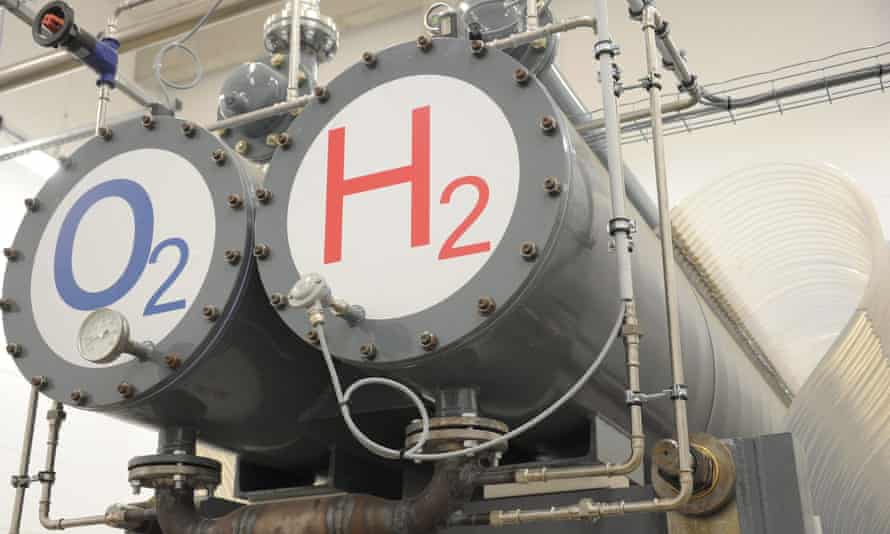ECOCIDE GENOCIDE MINAMATA DISEASE
WATER IS LIFE
Reuters | August 20, 2021 |
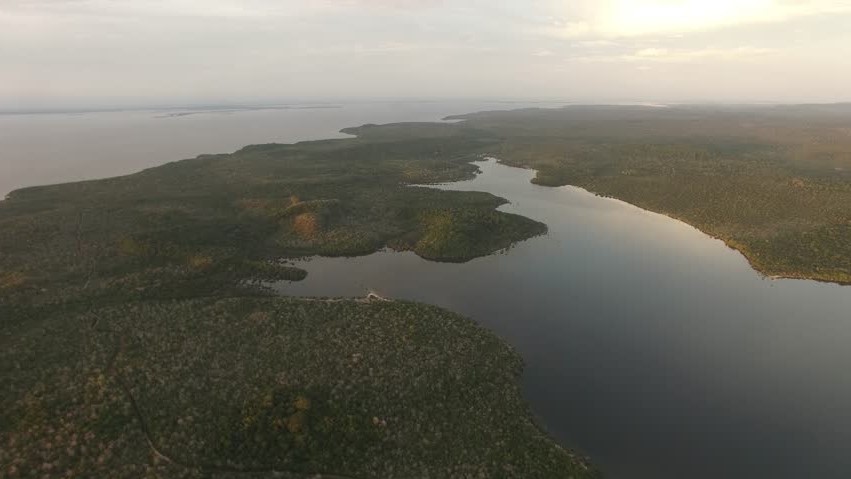
Aerial view of Tapajos River (Credit: Shutterstock)
By the time 38-year-old Irene Munduruku was rushed to a hospital in northern Brazil last year, she could not move her arms and legs. Her husband Jairo Munduruku recalls she was unable to speak or open her eyes.

Doctors told Jairo his wife had tumors in her liver and right lung, but he doubted that cancer was the only cause for her illness.
Recent testing showed Irene’s blood with one of the highest levels of mercury in their village of Sawré Aboy, by the banks of the Tapajós river in the Amazon rainforest. He suspected illegal gold mining had something to do with her illness.
Related Article: Illegal gold represents 17% of Brazil’s exports — study
Wildcat gold mining has expanded fast in Brazil, where the relaxing of environmental controls under far-right President Jair Bolsonaro has emboldened thousands of miners to invade constitutionally protected indigenous lands since 2019.
Brazil’s National Mining Agency estimated that year that wildcat gold miners were extracting some 30 tonnes of gold annually from the Tapajós watershed alone, using the toxic heavy metal mercury to separate gold from sediment.
Driven by sprawling mining camps, deforestation in the indigenous reservation that is home to most of the Munduruku has tripled since Bolsonaro took office, according to government satellite data.
“Since 2019, there has been an immense increase in activity in the region with the opening of new gold mines,” said Carol Marçal, a spokesperson for Greenpeace Brazil’s Amazon Campaign. “Preventative efforts exist, but little has been done to get illegal gold miners out of the area.”
IN THE MOST SEVERE CASES, IT CAN CAUSE NEUROLOGICAL DAMAGE IN UNBORN CHILDREN AND LEAD TO PREMATURE DEATH
Bolsonaro has called for more mining and commercial farming on indigenous land, pushing a bill to lift legal restrictions and – critics say – emboldening miners breaking existing law.
The presidential press office did not reply to a request for comment. Federal indigenous agency FUNAI said it was working to protect tribal reservations including the Munduruku’s and referred questions about their illnesses to indigenous health agency SESAI, which did not answer a request for comment.
Munduruku community leaders told Reuters they fear the advance of illegal mining will poison their rivers, robbing them of their traditions and saddling them with chronic illness.
Irene Munduruku returned home in June, but her condition has deteriorated and she is scheduled to return to hospital this month. Jairo tells his wife’s story as a warning of the crisis his community faces.
“Our ancestors never said we had to become rich from destroying the patrimony that we share,” he wrote to Reuters. “The greatest wealth is knowledge, to know how to respect life.”
Reuters | August 20, 2021 |

Aerial view of Tapajos River (Credit: Shutterstock)
By the time 38-year-old Irene Munduruku was rushed to a hospital in northern Brazil last year, she could not move her arms and legs. Her husband Jairo Munduruku recalls she was unable to speak or open her eyes.

Doctors told Jairo his wife had tumors in her liver and right lung, but he doubted that cancer was the only cause for her illness.
Recent testing showed Irene’s blood with one of the highest levels of mercury in their village of Sawré Aboy, by the banks of the Tapajós river in the Amazon rainforest. He suspected illegal gold mining had something to do with her illness.
Related Article: Illegal gold represents 17% of Brazil’s exports — study
Wildcat gold mining has expanded fast in Brazil, where the relaxing of environmental controls under far-right President Jair Bolsonaro has emboldened thousands of miners to invade constitutionally protected indigenous lands since 2019.
Brazil’s National Mining Agency estimated that year that wildcat gold miners were extracting some 30 tonnes of gold annually from the Tapajós watershed alone, using the toxic heavy metal mercury to separate gold from sediment.
Driven by sprawling mining camps, deforestation in the indigenous reservation that is home to most of the Munduruku has tripled since Bolsonaro took office, according to government satellite data.
“Since 2019, there has been an immense increase in activity in the region with the opening of new gold mines,” said Carol Marçal, a spokesperson for Greenpeace Brazil’s Amazon Campaign. “Preventative efforts exist, but little has been done to get illegal gold miners out of the area.”
IN THE MOST SEVERE CASES, IT CAN CAUSE NEUROLOGICAL DAMAGE IN UNBORN CHILDREN AND LEAD TO PREMATURE DEATH
Bolsonaro has called for more mining and commercial farming on indigenous land, pushing a bill to lift legal restrictions and – critics say – emboldening miners breaking existing law.
The presidential press office did not reply to a request for comment. Federal indigenous agency FUNAI said it was working to protect tribal reservations including the Munduruku’s and referred questions about their illnesses to indigenous health agency SESAI, which did not answer a request for comment.
Munduruku community leaders told Reuters they fear the advance of illegal mining will poison their rivers, robbing them of their traditions and saddling them with chronic illness.
Irene Munduruku returned home in June, but her condition has deteriorated and she is scheduled to return to hospital this month. Jairo tells his wife’s story as a warning of the crisis his community faces.
“Our ancestors never said we had to become rich from destroying the patrimony that we share,” he wrote to Reuters. “The greatest wealth is knowledge, to know how to respect life.”
Shifting diets
Although mercury poisoning has no cure, community leaders and non-profit groups have looked for ways to reduce risks.
This year, Brazilian NGO Saúde e Alegria has collaborated with nine Munduruku villages to develop alternative water systems reducing reliance on the polluted Tapajós. The local Pariri Association aims to cultivate fish in cleaner streams.
Although project leaders are still looking for funding, they plan on raising species suited for fish farming such as pacu and tambaqui, said Anderson Munduruku, of the Pariri Association.
They are urging neighbors to cut catfish, dogfish and piranha from their diets, since their positions higher up the food chain make them far more contaminated with mercury.
Sometimes members of the tribe can see for themselves what miners have done to the rivers, turning them a muddy brown that community leader Deuziano Munduruku compared to chocolate milk.
But often the mercury poisoning is invisible, contaminating the fish that is their main source of protein.
In a 2019 study of three Munduruku villages, researchers from the Oswaldo Cruz Foundation (Fiocruz) found mercury in the hair samples of all 200 participants.
Most samples showed levels above the safe range – up to nine times the threshold set by the Food and Agriculture Organization of the United Nations.
“It’s incredibly worrying that we are consuming this metal,” said Beka Munduruku, an 18-year-old from Sawré Maybu.
Symptoms of mercury poisoning are far-ranging. Some report weakness, dulled senses and difficulty moving. Others suffer from mood and memory disorders, according to the Fiocruz report.
In the most severe cases, it can cause neurological damage in unborn children and lead to premature death.
Since the Fiocruz study was made public, Munduruku leaders say their people have been plunged into speculation.
Teenagers complain of joint pains. A child is born with crippling disabilities. A local leader dies unexpectedly. Neighbors are left wondering if mercury is to blame.
Mercury poisoning is hard to diagnose because few local clinics test for the metal, according to schoolteacher Honesio Dace Munduruku.
Honesio, who tracks indigenous schools in the Middle Tapajós region, has seen behavioral and physical problems on the rise among students since 2018.
Paulo Basta, one of the principal Fiocruz researchers, said those who performed worse on aptitude tests administered in 2019 had the highest levels of mercury in their hair.
Correlations between mercury levels and tests of memory, verbal fluency and rational thinking were most notable in subjects between the ages of 12 and 20 years, he said, casting a pall over the future of the Munduruku.
(By Jimin Kang; Editing by Brad Haynes and Marguerita Choy)
